I've got a peculiar problem.
Server 1A is a server with witch the users interact. Servers 2B, 2C and 2D store video content.
On a website, a html video tag is placed
<video src="server1adomain.com/videos?video=Gy12C899">
Whenever this content is fetched, a backend script on server 1A determines on which server (2B,2C or 2D) the video is stored and fetches it. Lets say it is on 2B. I do not want to wait for the whole video to be fetched from 2B and stored in 1A server, and only after all that time be send to the user. Instead, I'd like a continuous stream to be flowing from 2B to 1A and to the user simultaneously. That way the user gets the first frames of the video with minimal delay.
What is the standard solution for this problem? cURL seems to be synchronous in terms of first fetching the file 100% and than sending it forwards.
Take a look at this diagram to see what I mean:
